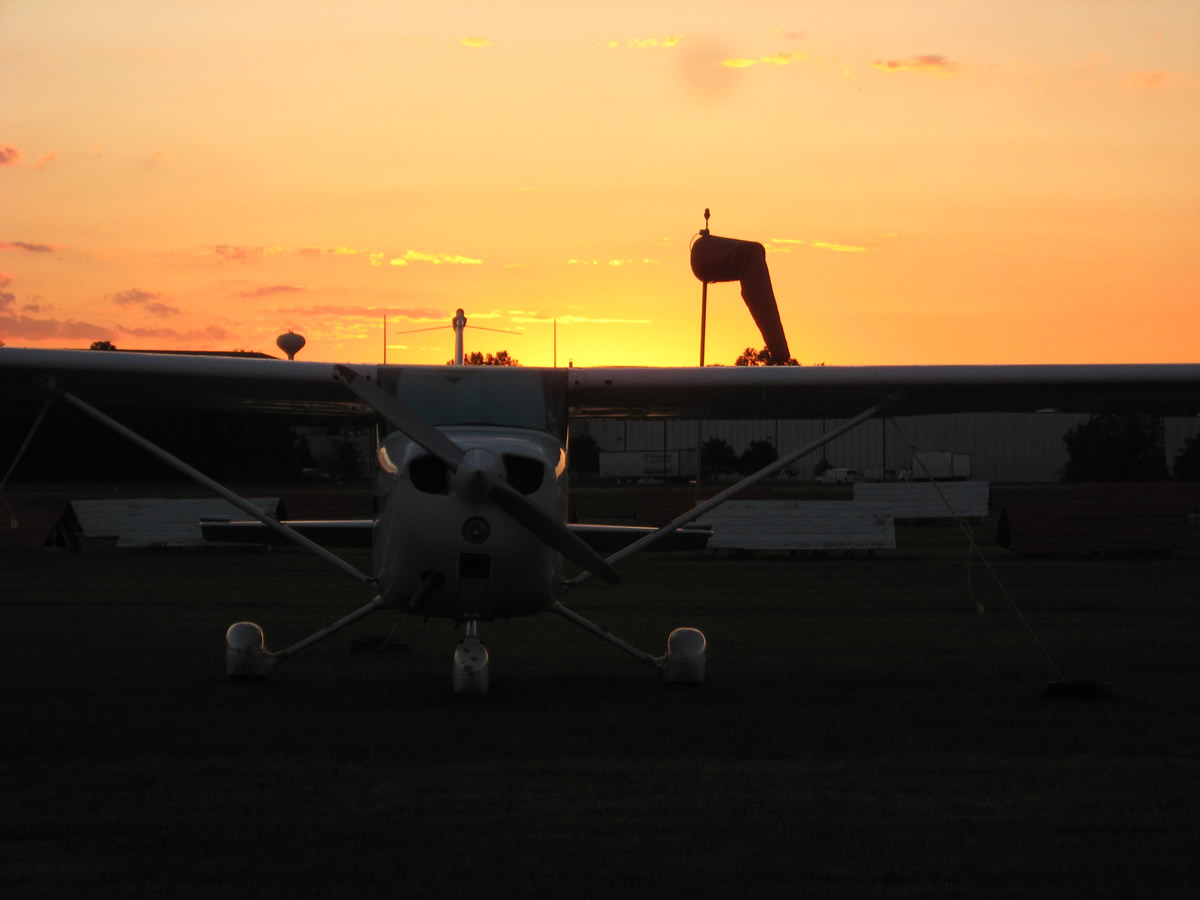
There’s a really neat film we saw at Oshkosh, Wis., a few years ago that perfectly captured a fading romance in this country.
Barnstorming documented what happened when a group of pilots landed their planes in a field in Indiana, and the relationship that developed from the experience.
It was a lovely film billed as an “American” story. And it was, once.
Sadly, especially for those of us who always wanted to see what it’s like to fly, fewer people want to know what it’s like to fly.
It’s a curious situation, particularly if you look at what the number one non-fiction book is right now on the New York Times best-seller list.
The dream of flight is dying before our eyes and the Associated Press does a great job of documenting its demise today.
Small towns — and more than a few big ones — are turning their airports over to housing developers because few people fly anymore.
Many small towns have had airfields almost since the early barnstorming days and expanded them after World War II when military pilots returned home, ready to resume work but eager to keep flying. The number of pilots with private certificates peaked at 357,000 in 1980.
Since then, though, that number has nose-dived to 188,000, and hundreds of local airfields have been closing.
Interest has waned as planes became much more costly. New small planes that cost about $13,000 in the late 1960s now go for $250,000 or more, and owners also must pay more for specialized aviation fuel, liability insurance, maintenance and hangar space.
So few planes touched down at the airport in nearby Hartley, Iowa, that the small community tore up its runway in 2010 and leased it to a farmer who now grows corn on the 80 acres.
“Nobody was buying airplanes, so when the runway and hangers needed work, they decided to do away with it,” said Howard Orchard, the town’s unofficial historian.
Likewise, officials in the 6,000 person city of Hillsboro, Illinois, also found a more profitable use for their rarely used airfield. They sold it to a company mining coal.
“It was a hard pill to swallow for me to tell these guys we had to do away with it,” said Bill Baran, the mayor at the time, who broke the bad news to local flyers. Dozens of pilots had once used the field, but only two planes were still based there when officials agreed to sell it in 2008.
With our paranoia, most airports are locked tight behind fences as part of the “security show,” hardly an inviting place even if kids still wanted to hang out at an airport looking for a free ride (they don’t).

But the barrier to entry is considerable. It costs a lot to learn to fly; it costs more to keep flying and younger people have other ways to lose money.
General aviation groups, like the Experimental Aircraft Association, have tried for years to shovel sand against the tide. The EAA, for example, has flown almost 2 million young people on free flights to try to encourage them to pursue aviation. Its volunteer pilots are generally members of a graying generation.
Efforts in Congress have focused on reducing medical requirements for pilots — a movement that has been stuck for more than a decade.
A program to lower the cost of airplanes (a so-called “light sport” category) that was initially intended to make airplanes available for less than $100,000 has failed, at least as a price point.
But the overriding problem seems much more significant: Generations have grown up without looking up and dreaming.
Barnstorming has disappeared as an American experience. At the present rate, flying will too.
Audio: Bradley Hanson, administrator of Onawa, Iowa, tells NPR’s Here and Now about the decision.
